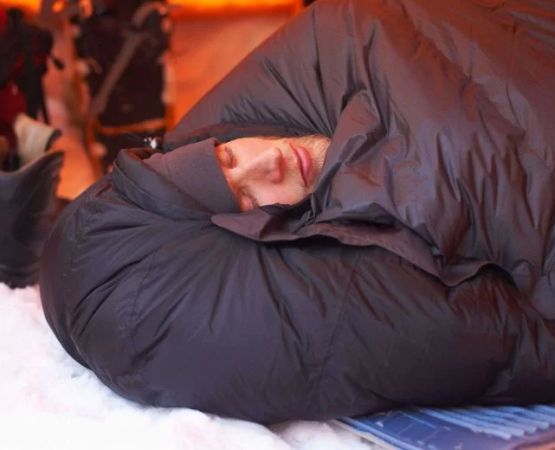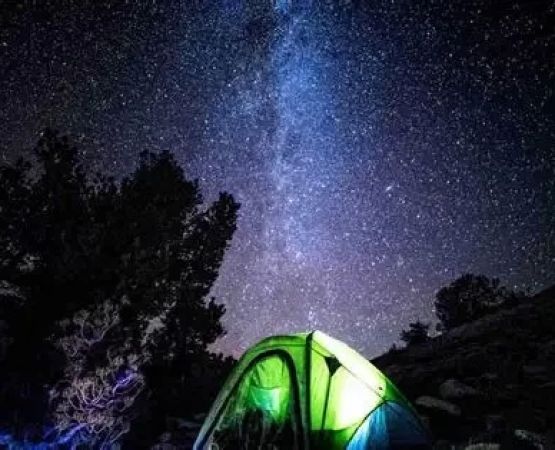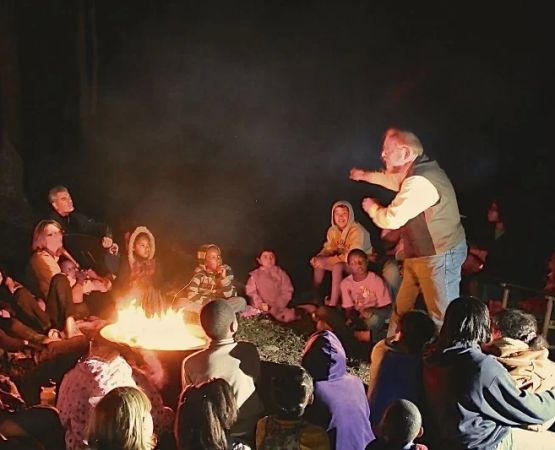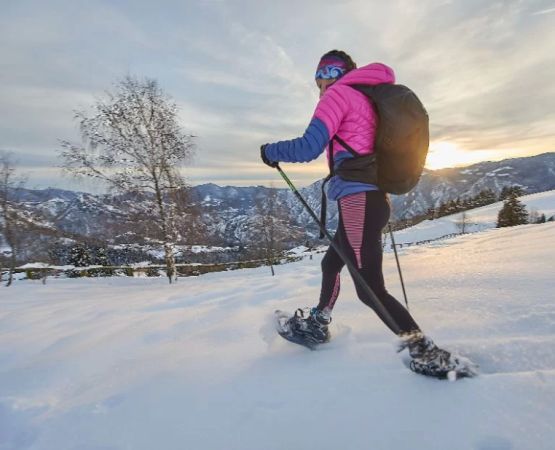- understanding-extreme-weather-backpacking-needs - Understanding Extreme‑Weather Backpacking Needs
- key-features-to-look-for-in-backpacking-tents - Key Features to Look for in Backpacking Tents
- materials-structure-and-weather-resistance - Materials, Structure and Weather Resistance
- real-world-testing-and-user-experiences - Real‑World Testing and User Experiences
- choosing-by-season-and-conditions - Choosing by Season and Conditions
- practical-considerations-and-packing-weight - Practical Considerations and Packing Weight
- where-to-find-expert-recommendations-and-guidance - Where to Find Expert Recommendations and Guidance
1. Understanding Extreme‑Weather Backpacking Needs
Choosing the right backpacking tent for extreme weather is not just about shelter—it’s about survival. Whether you're heading into alpine snowfields, high‑altitude mountain passes, or hurricane‑prone coastal treks, knowing how severe conditions can turn a routine trek into a test of gear endurance is essential. A tent that performs in moderate conditions may fail in wind, rain, or cold, so selecting a design engineered for tough environments is critical.
For American outdoor adventurers venturing into places like the Rockies, the Sierra Nevada, or even cross‑country through Patagonia or Iceland, trusting your tent means reduced stress and better sleep. Understanding how extreme‑weather tents are rated—such as four‑season, mountaineering, or expedition tents—is the first step in making an informed choice.
2. Key Features to Look for in Backpacking Tents
A high‑performance tent for harsh environments should offer several core features in harmony:
2.1 Frame Architecture and Wind Resistance
Look for geodesic or semi‑geodesic designs that distribute stress equally across multiple poles. Strong aluminum poles with multiple cross‑points enhance rigidity against gusty winds and structural deformation during snow loads.
2.2 Steep Walls and Low Profile
Tents with steep walls shed snow and resist wind more effectively than tall dome shapes. A lower profile reduces wind drag and improves stability in exposed campsites.
2.3 Double‑Wall Construction and Vestibules
A double‑wall tent provides insulation and ventilation while reducing condensation. Wide vestibules allow safe gear storage in wet conditions without compromising interior space.
3. Materials, Structure and Weather Resistance
The choice of materials makes a tangible difference in tent performance:
3.1 High Denier Ripstop Fabrics
Outer materials such as 40D or 70D siliconized nylon or polyester improve tear resistance and longevity. Reinforced stress points help prevent seam rips in gusty wind or during snow load.
3.2 Waterproof Ratings and Seam Sealing
Look for hydrostatic head ratings above 1500 mm—ideally 2000 mm or higher—for serious rain protection. Factory‐sealed seams or taped seams prevent leaks in extended storms.
3.3 Snow Skirts and Storm Flaps
Snow skirts (or powder skirts) seal the tent base to prevent snow ingress, while storm flaps over doors and mesh vents help block driving rain and wind.
4. Real‑World Testing and User Experiences
Firsthand anecdotes offer clarity that product specs can’t fully capture.
4.1 Mountaineers in the Tetons
Experienced climbers who tested expedition tents overnight at over 12,000 ft reported that strong cross‑pole designs held firm during 60 mph gusts. They noted condensation management as crucial—interior mesh vents helped mitigate moisture buildup.
4.2 Winter Backpacking in New England
One user shared how a 4‑season tent survived freezing rain at Mount Washington. The vestibule area remained dry and gear stayed protected—while a bivy shelter in the same storm leaked profusely. That real user story highlights why investing in rated four‑season gear matters.
5. Choosing by Season and Conditions
Matching your tent to the expected weather improves safety and satisfaction:
5.1 Three‑Season vs Four‑Season vs Mountaineering Tents
Three‑season tents excel in fair‑weather backpacking—lightweight and breathable. But for snow, wind, or sub‑freezing temperatures, four‑season or mountaineering tents perform better. Their reinforced structure and heavy‑duty fabrics stand up to alpine storms.
5.2 Regional Climate Considerations
If you're planning high‑altitude treks in Colorado or winter camping in Utah, choose tents rated for snow load and strong wind. For desert storms, tents with terrain stability and UV resistance are more relevant. Pine Cliff Resort’s expert gear guides can help match equipment to specific weather zones.
6. Practical Considerations and Packing Weight
Even in extreme conditions, practicality counts:
6.1 Balancing Durability and Weight
Expedition tents tend to be heavier—often 5–8 lbs. Backpackers balancing weight versus performance might opt for ultralight four‑season models (around 3–4 lbs) if terrain allows. Always factor in pack weight over long treks.
6.2 Ease of Setup in Harsh Conditions
Inside pitched tents, color‑coded poles or quick‑connect systems make setup in cold or windy settings more manageable. Pitching a tent solo during snowfall is easier if instructions are intuitive and poles slide smoothly.
7. Where to Find Expert Recommendations and Guidance
Professional guidance helps turn gear selection into confidence:
7.1 Reviews and Field Tests
Outdoor testing organizations and mountaineering journals publish real‑environment reviews. Independent evaluations—such as those at altitudes, desert heat, or coastal storms—reveal durability and condensation behavior under pressure.
7.2 Resort and Guide Input
Pine Cliff Resort, which specializes in rugged outdoor experiences, offers equipment consultation for extreme‑weather backpacking. Their curated gear lists and hands‑on field orientation help ensure you choose the right tent for your route and climate.







